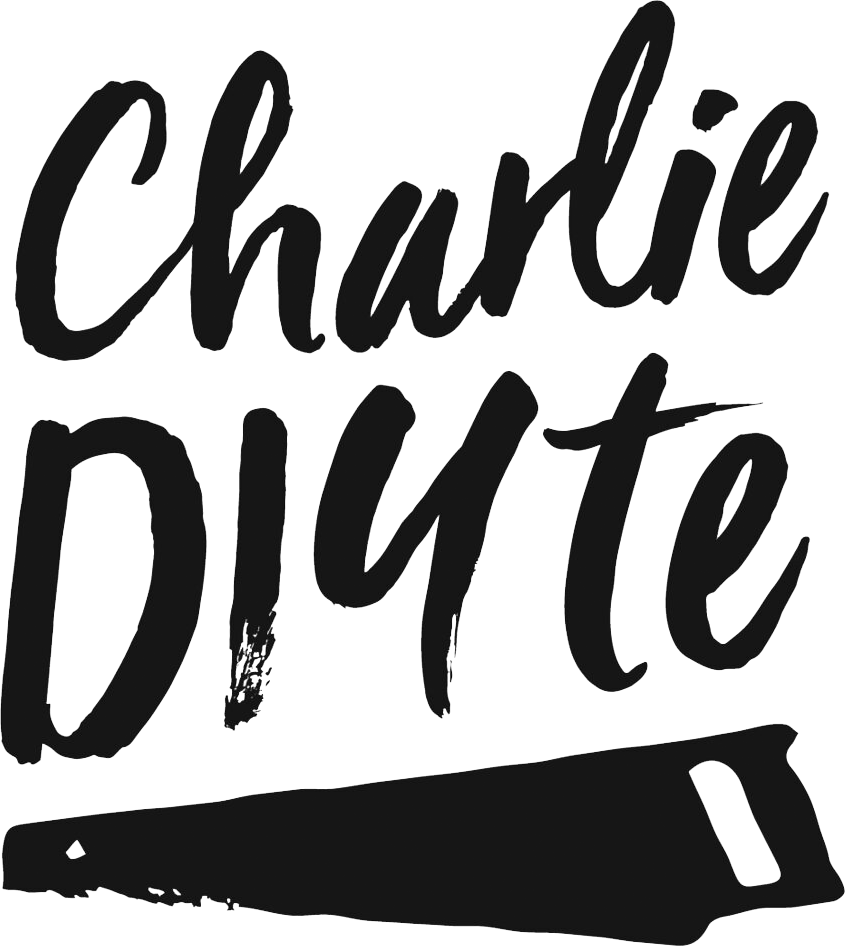SCRIBING INTERNAL CORNERS ON SKIRTING BOARDS/ BASEBOARDS
I posted a video on this on my YouTube channel and you can watch it here.
I did a video FIVE years ago, explaining that the best way to finish off internal corners on skirting boards was to scribe them, rather than cutting each to a 45 degree mitre - which is the way you’d imagine it should be done. But there’s a MUCH easier way to do it than I showed in the video - more on that in a minute.
The main reason you don’t simply mitre the two pieces at 45 degrees is partly because if your internal corners aren’t exactly 90 degrees, it can be very tricky to get the angles right. Any more than 90 degrees and you get an unsightly gap opening up as you see below.
An internal angle showing the problem when you mitre your skirting boards and the internal angle is more than 90 degrees
Coping saw and fine toothed floorboad saw - the only tools you need to professionally scribe your skirting boards or baseboards to an internal corner
The less significant point is that to do a 45 degree mitre you’ll need a mitre box or a sliding bevel mitre saw/ chop saw. Put simply it’s much easier to do it properly and you only need basic tools, a coping saw, ideally a fine toothed wood saw like the Irwin Jack floorboard saw pictured above, and some 120 grit sand paper.
Now the problem with my old technique is that I traced the outline of the skirting board - torus or ogee - on the front of the board being cut, and this leads to inaccuracies when you cut the board - see below.
The way I used to scribe my skirting boards - which leads to inaccurate cuts
the best technique for scribing
So what you actually need to do is cut the front of the skirting or baseboard that you’re wanting to scribe at a 45 degree angle. You can either do this on a sliding bevel mitre saw if you have one or in a mitre box - which you can either buy or make as I have done.
The DIY mitre box jig I made, to make 45 degree cuts with
And what that 45 degree cut does is reveal the precise outline of what you’ve got to cut, as you can see below.
The 45 degree cut on the skirting board reveals the precise outline that you need to remove
I then user the Irwin Jack floorboard saw to remove the straight section from the skirting board, and then I take the coping saw, and making sure that the teeth on the coping saw blade point backwards towards the handle (as the coping saw cuts on the pull not the push stroke) I carefully cut around the curve of the torus shape. In each case I’m putting a slight backcut on each cut, as this helps you to tilt the skirting board off 90 degrees if your corners are out, without opening up a large gap on the corner.
Once the cut is complete you can fine tune the cut if necessary by wrapping some 120 grit sand paper around a wooden spoon or dowel. You can also minimise the effort by using a power file *
Cutting the skirting board for internal 90 degree angles
And that’s it. It really is that simple. You can now cut one skirting board at 90 degrees, and then butt up your newly scribed skirting to it, and you’ll find the scribed section has much more tolerance if your walls aren’t a perfect 90 degrees.
The finished skirting board with scribe cut for 90 degree internal corner.
* Any Amazon links above are affiliate links. It doesn't cost you anything to click on them but I do earn a small commission if you do. And here's the legal bit I have to state: As an Amazon Associate I earn from qualifying purchases.







